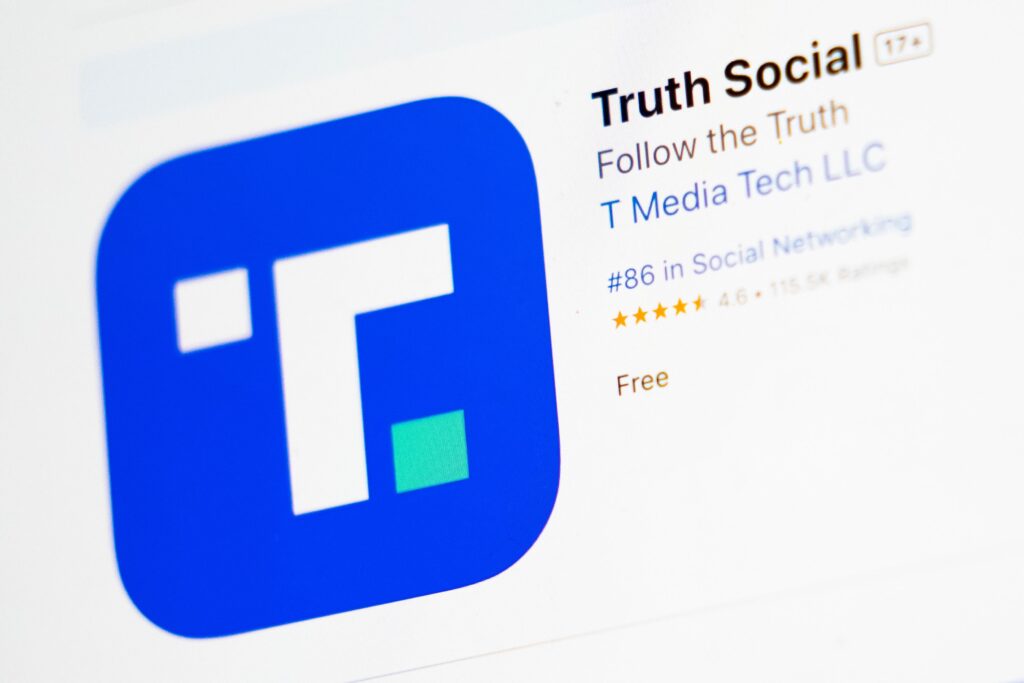
Introduction
In recent years, social media platforms have faced significant scrutiny over issues relating to censorship, data privacy, and user safety. With a growing number of users seeking alternatives, Truth Social emerged as a new contender in the social media landscape, specifically aiming to provide a platform for free speech, particularly for conservative viewpoints. Launched by former U.S. President Donald Trump and his team, Truth Social signifies a bold attempt to reshape the online conversation and attract users disillusioned with mainstream platforms.
The Launch of Truth Social
Truth Social was officially launched in February 2022 as part of the Trump Media & Technology Group (TMTG). Positioned as a free-speech alternative to Twitter and Facebook, the platform has garnered attention from millions of users, many of whom feel that big tech companies have placed undue restrictions on their freedom of expression. In its initial rollout, Truth Social promised a user-friendly interface and features similar to those found on other social media platforms, such as posting updates, engaging in conversations, and sharing multimedia content.
Features and User Experience
The platform’s layout closely resembles Twitter, allowing users to create “truths” instead of tweets. These truths can be shared, liked, and commented on, fostering interaction among users. Initial reports indicate that Truth Social faces technical challenges, including issues with app download times and server reliability. However, as the platform continues to evolve, updates and fixes are expected to improve the user experience further.
Public Reception and Controversies
Truth Social has received a mixed reception since its launch. Supporters argue that it provides a crucial outlet for conservative voices that feel marginalized on traditional social media. Critics, however, have raised concerns about the potential for misinformation and echo chambers. Several reports have highlighted instances of incendiary content being shared on the platform, which raises questions about its moderation policies and the balance between free speech and harmful rhetoric.
Conclusion
As Truth Social continues to grow, its impact on the social media landscape remains to be seen. The platform’s emphasis on free speech resonates with many users, but with that ideal comes the responsibility to prevent the spread of misinformation and hate speech. By catering to a demographic that feels sidelined by existing platforms, Truth Social may carve out a niche but will need to navigate the delicate balance of open discourse and community safety. For users seeking alternatives in the social media sphere, Truth Social represents both an opportunity and a challenge as the discourse around digital communication continues to evolve.



